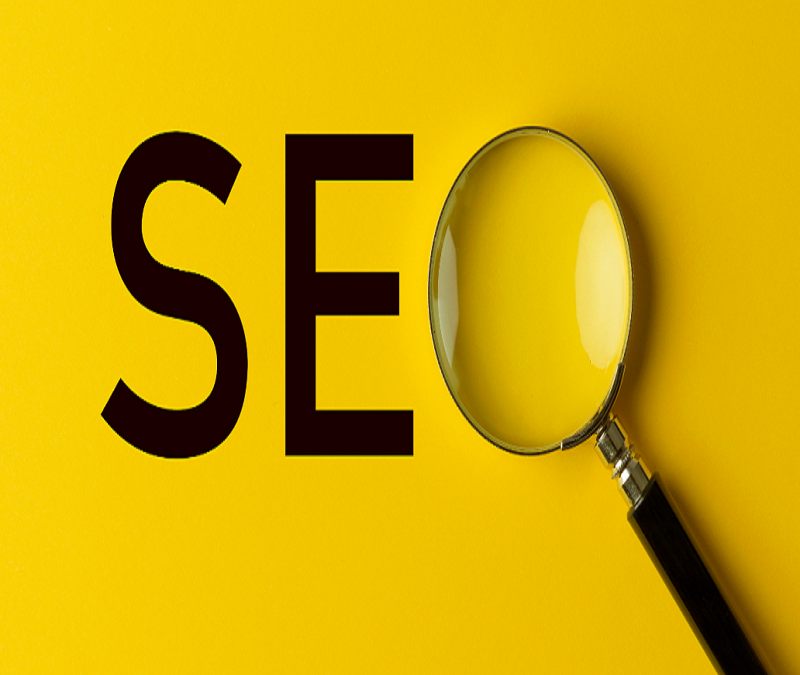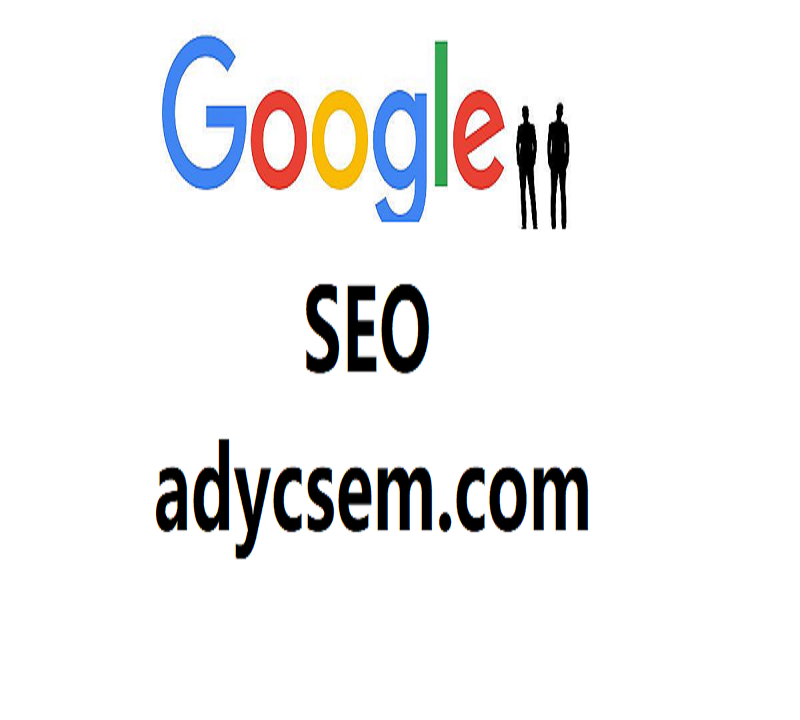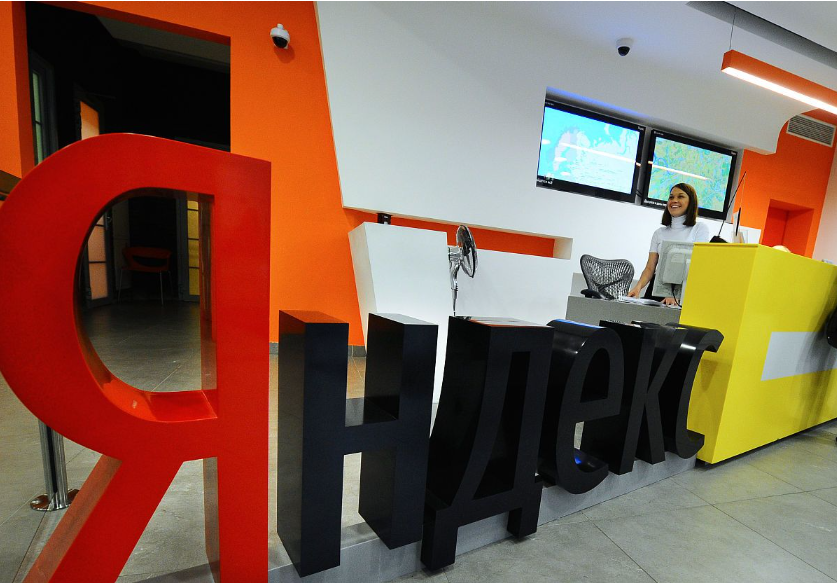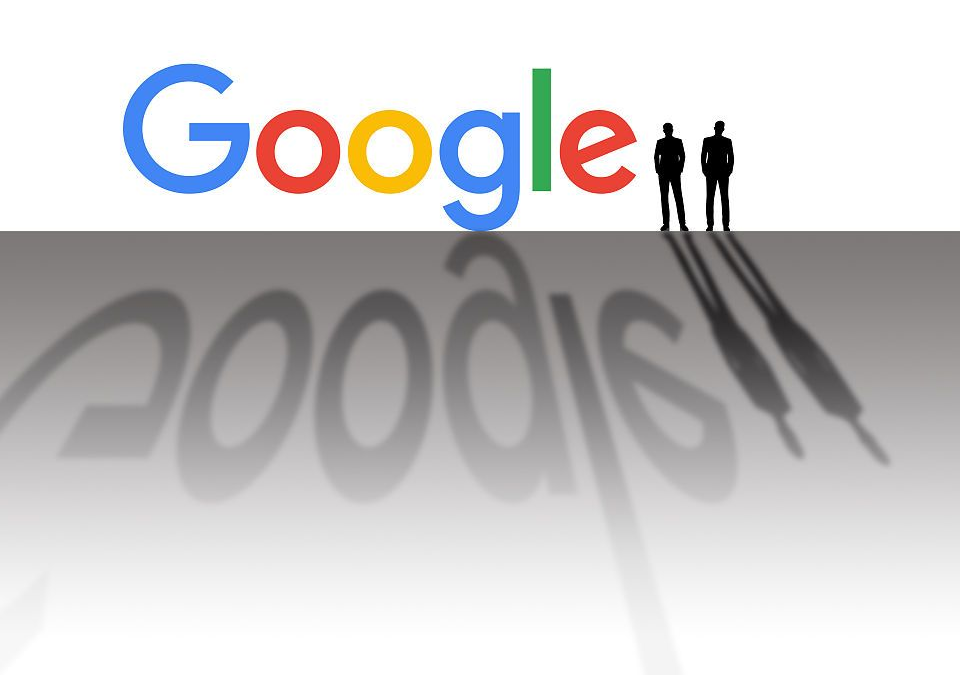What is SEM?What does it mean?
SEM, or Search Engine Marketing, is the abbreviation of search engine marketing and is an online marketing method based on the search engine platform. In today’s digital era, the Internet has become an important platform for people to obtain information, exchange ideas, and conduct commercial activities. As the entrance to the Internet, the importance of search engines is self-evident. SEM takes advantage of people’s reliance on search engines and usage habits, and uses a series of technical means and strategies to accurately deliver the company’s product or service information to target users, thereby achieving marketing goals.
1.Basic concepts of SEM
The core of SEM is to achieve effective dissemination and marketing of information through the medium of search engines. It is not just a simple advertising, but also a comprehensive marketing strategy, including the two main parts of search engine optimization (SEO) and pay-per-click bidding advertising (PPC). SEO naturally improves the website’s ranking in search engines by optimizing website structure, content, links, etc., thereby obtaining free traffic; while PPC pays click fees to display advertisements in prominent positions on search engines to attract users to click.
2.SEO: search engine optimization
SEO is the abbreviation of Search Engine Optimization, translated as search engine optimization. It is an important part of SEM and aims to improve the position of the website in the natural ranking of search engines by optimizing various factors both internal and external to the website. SEO optimization includes keyword research, website structure optimization, content optimization, external link construction and other aspects.
A. Keyword research: Choosing appropriate keywords is the first step in SEO. Enterprises need to understand the search habits and needs of target users, use tools to analyze keyword search volume, competition and other indicators, and select keywords that both meet user needs and are relatively easy to rank.
B. Website structure optimization: A good website structure helps search engines better understand the website content and improve crawling efficiency. This includes clear navigation, reasonable link structure, optimized URLs, etc.
C. Content optimization: Content is the core of the website and the key to attracting users. SEO requires that website content should not only be rich and valuable, but also comply with search engine crawling and ranking rules. This includes optimizing titles, descriptions, body content, image ALT tags, etc.
D. External link construction: External links are links from other websites pointing to your website. It represents other websites’ recognition of your website. High-quality external links can improve the weight and ranking of the website.
3.PPC: Pay-click bidding advertising
PPC is the abbreviation of Pay Per Click, which is translated as pay-per-click bidding advertising. It is another important marketing method in SEM, which displays ads on search engine search results pages or related websites by paying click fees. Typical representatives of PPC advertising include Google Adwords advertising and Baidu bidding ranking.
A. Ad group allocation: Advertising is grouped and managed according to different products, services or marketing strategies to improve the efficiency and accuracy of advertising management.
B. Creative advertising words: Write attractive advertising words, highlight the unique selling points of the product or service, and stimulate users’ desire to click.
C. Bidding process optimization: Continuously adjust bids and keyword matching methods based on ad performance to obtain better ad placement and lower click costs.
D. Advertising effect analysis: Use data analysis tools to track advertising effects, including clicks, conversion rates, return on investment and other indicators, and continuously optimize advertising strategies.
4.Advantages and challenges of SEM
The advantage of SEM is its accuracy and measurability. Through keyword positioning and target user analysis, SEM can accurately display advertisements to potential users and improve the conversion rate and ROI of advertisements. At the same time, the effect of SEM can be monitored and evaluated in real time through data to provide decision-making support for enterprises.
However, SEM also faces many challenges. First of all, with the continuous upgrading and changes of search engine algorithms, SEO optimization is becoming increasingly difficult. Enterprises need to constantly pay attention to the latest developments in search engines and adjust optimization strategies. Secondly, the competition in PPC advertising is becoming increasingly fierce, and the cost of clicks is rising. Enterprises need to develop reasonable budgets and bidding strategies to ensure advertising effectiveness.
5.Future trends of SEM
With the popularity of mobile Internet and the continuous development of search engine technology, SEM is also constantly evolving. In the future, SEM will pay more attention to user experience and personalized recommendations. Through big data analysis and artificial intelligence technology, search engines will be able to more accurately understand users’ needs and interests, and provide enterprises with more accurate advertising and marketing strategies. At the same time, with the rise of multimedia content such as videos and pictures, SEM will gradually expand into the field of multimedia marketing.
In short, SEM, as an online marketing method based on search engine platforms, has advantages such as accuracy and measurability. Enterprises should choose appropriate SEM strategies based on their own characteristics and market needs, and continuously optimize and adjust them to achieve marketing goals. At the same time, with the continuous development of search engine technology, SEM will continue to evolve and innovate, bringing more opportunities and challenges to enterprises.




